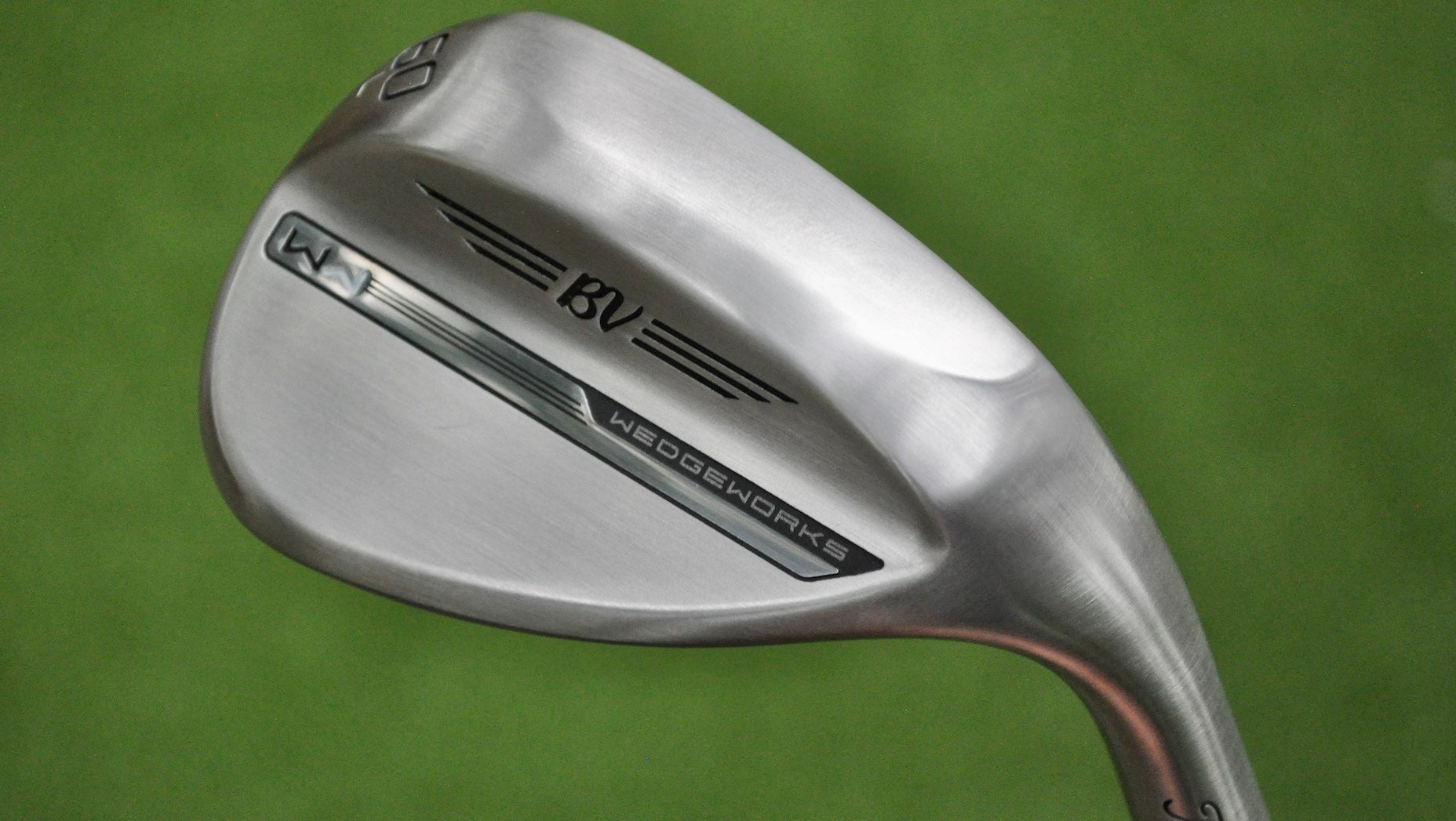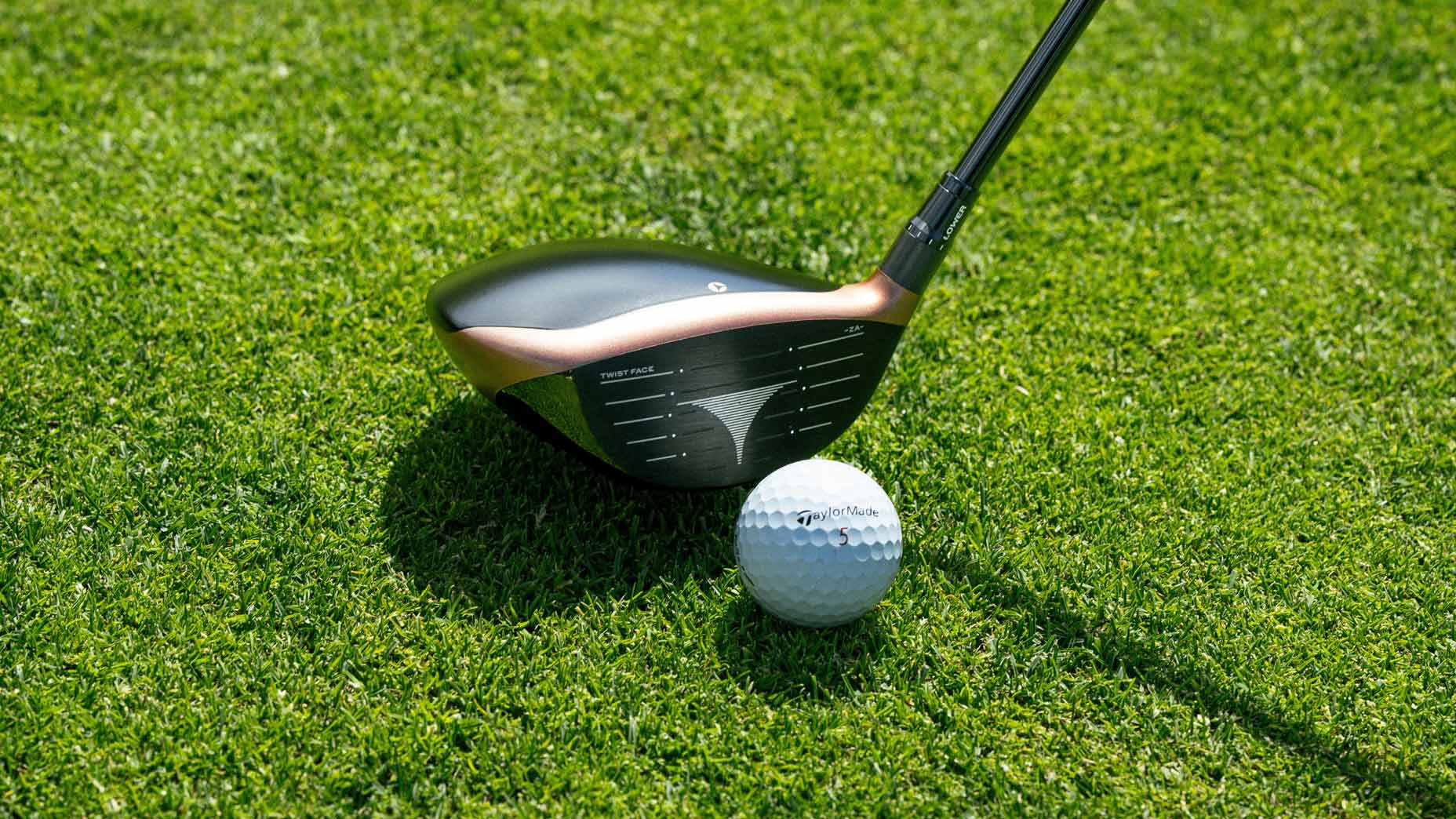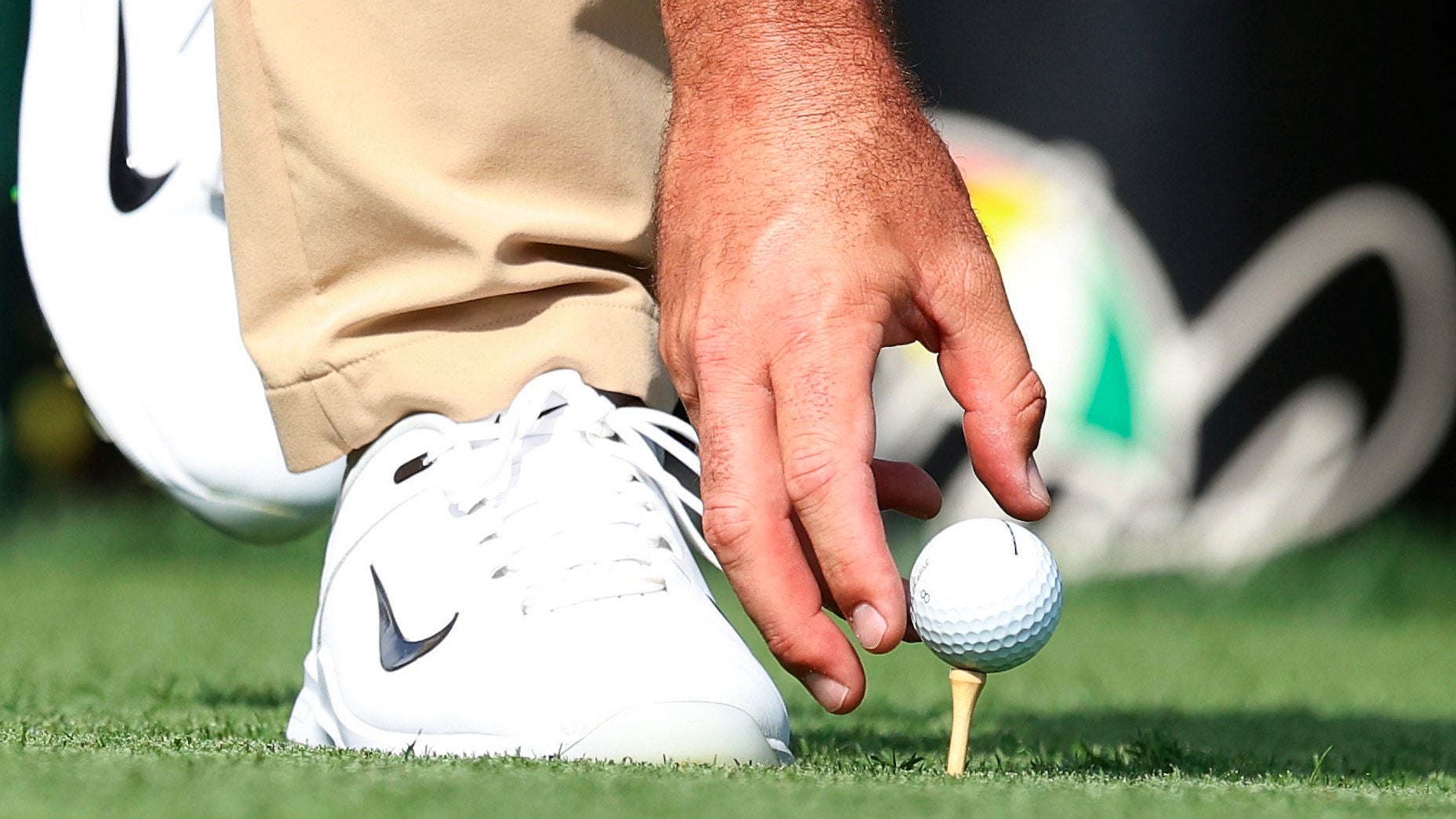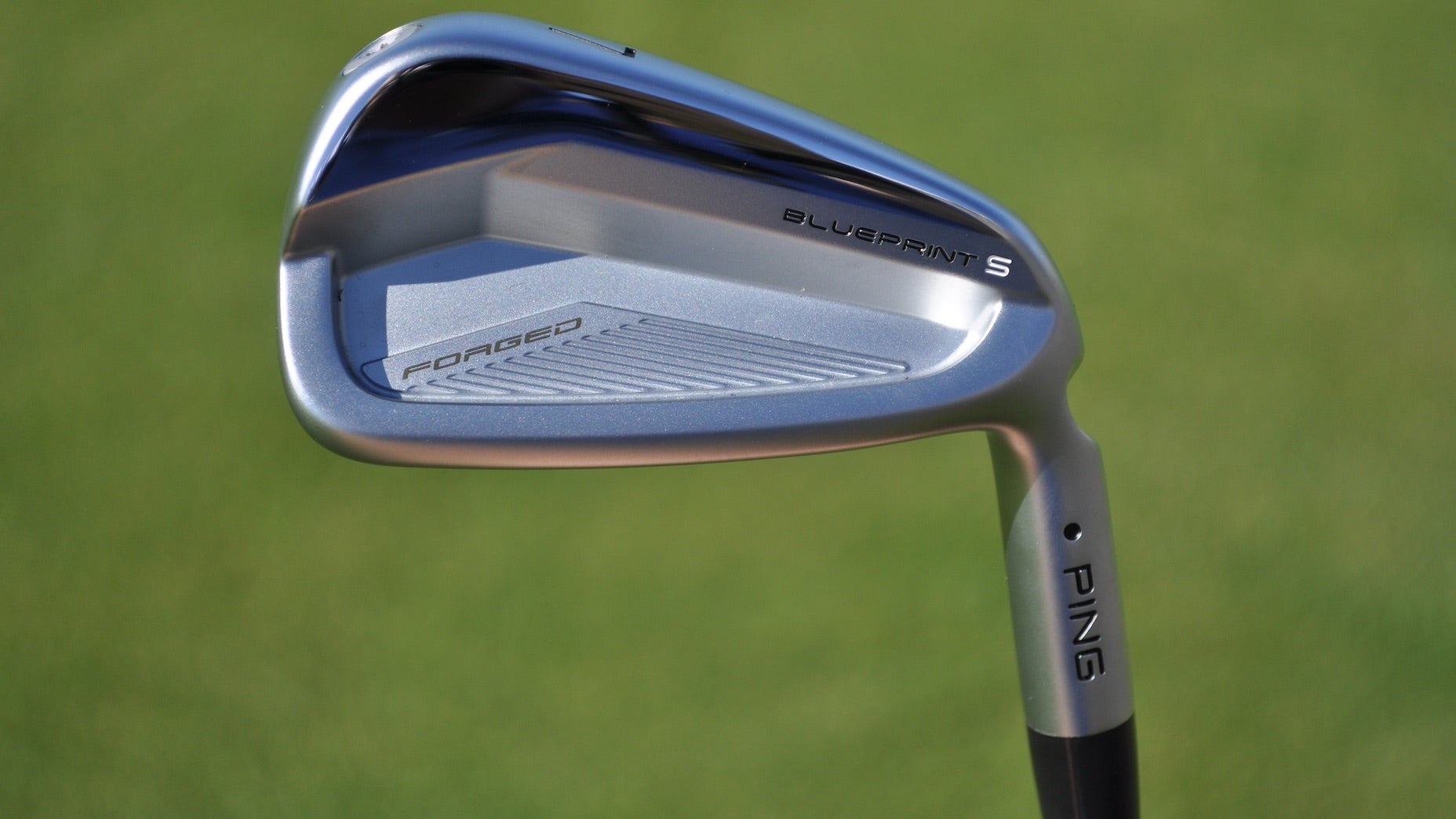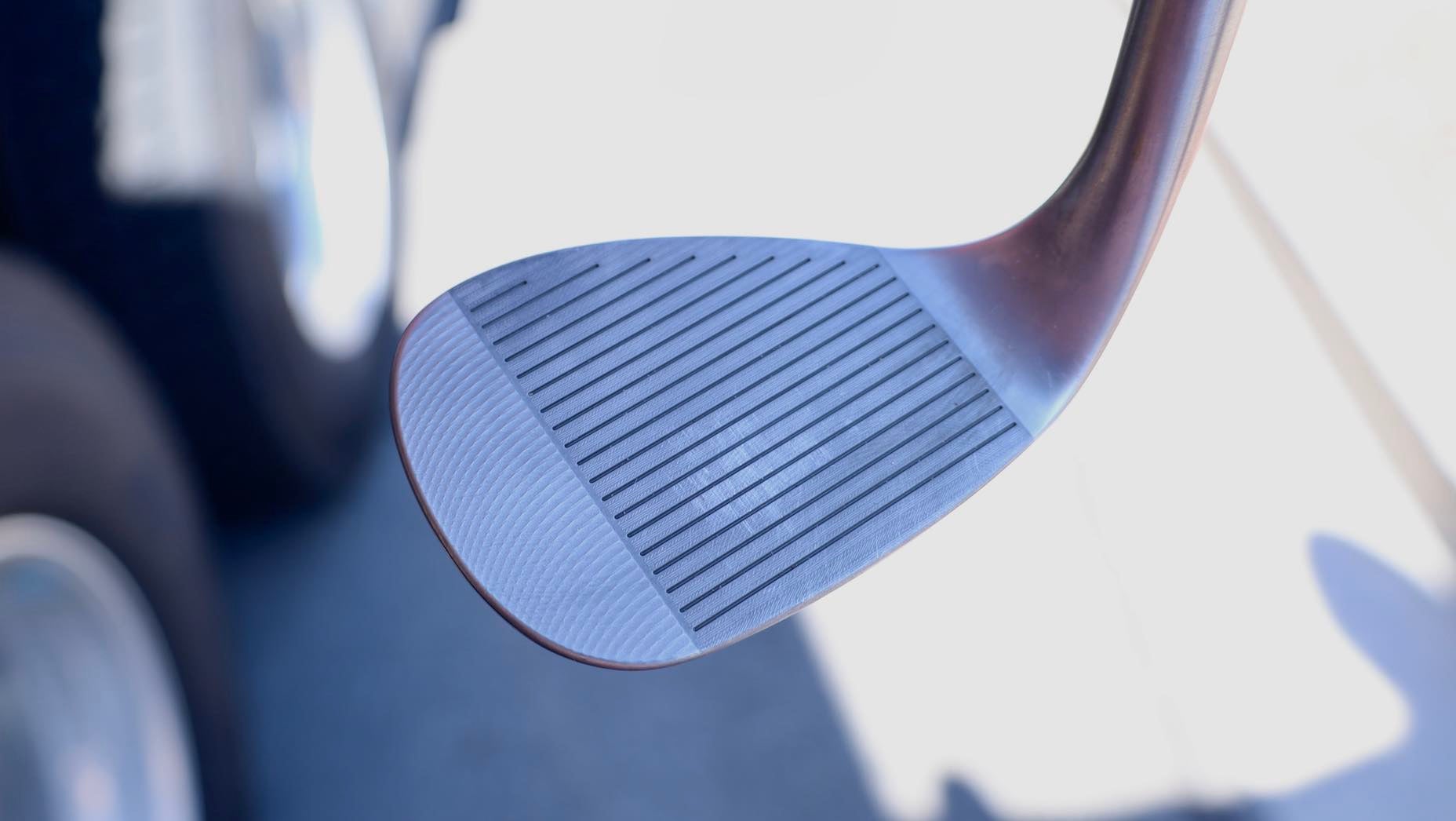How many tour pros still wear metal spikes? | Fully Equipped Mailbag
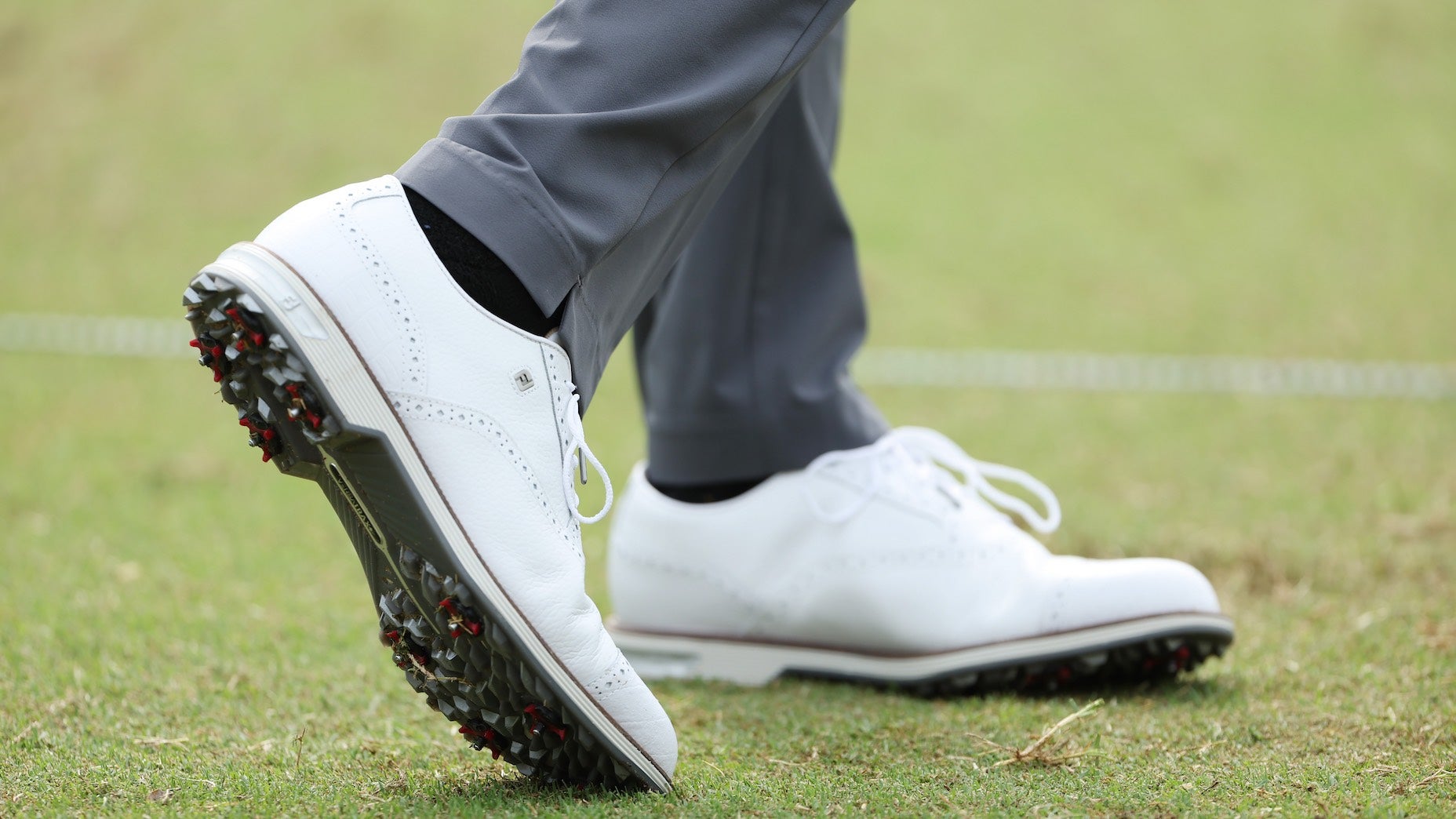
Tiger Woods has worn metal spikes for most of his career.
Getty Images
Welcome to another edition of the Fully Equipped Mailbag, sponsored by Cleveland/Srixon Golf, an interactive GOLF.com series in which we field your hard-hitting gear questions.
I was at a PGA Tour event recently and saw a pro wearing what looked to be metal spikes on the range. I thought metal spikes were a thing of the past? Why do some pros continue to wear them? — Lyle
Technology continues to move the sport forward, but that doesn’t mean old-school designs have been completely eliminated. While golf courses have all but done away with metal spikes — they tend to do a number on the greens — tour pros live by a different set of rules and are generally permitted to wear metal during a tournament, if they so choose.
Tiger Woods and Justin Thomas are two names who still prefer a metal option over the soft spikes found on most shoes at retail. The reasons vary depending on the player, but the general consensus is metal spikes add lower body stability during the swing, while also reducing the potential for foot slippage.
I’ll be the first to tell you soft spikes provide plenty of traction and are used by roughly 80-plus percent of the field during a given tour event, so don’t think for a second you’re wearing an inferior spike. There’s a reason why metal is all but non-existent in the equipment space.
Srixon ZX5 MK II LS Driver
But if you’re playing at the top level of professional golf and have the ability to choose between metal spikes and soft spikes, you’re going to opt for something that allows you to focus on the shot and not worry about your feet. It’s just one of the many perks of being a pro golfer.
And if you’re wondering if there’s a popular metal spike option on Tour, it would most likely be Champ’s Pro Stinger. Dubbed a “hybrid” offering, it features a metal tip surrounded by a polymer outer (similar to what’s found on the Stinger soft spike) that allows it to hug the ground through impact. If you were to look at the 15-20 percent wearing metal spikes during a pro tournament, chances are good they are using a Pro Stinger spike.
Until the younger generation phases out metal spikes completely, the “crunching” of metal meeting concrete will continue for the foreseeable future. Course superintendents don’t like the sound, but there’s no question it’s synonymous with professional golf. Just don’t expect the sound to increase in the coming years.
Want to overhaul your bag for 2023? Find a fitting location near you at True Spec Golf.



